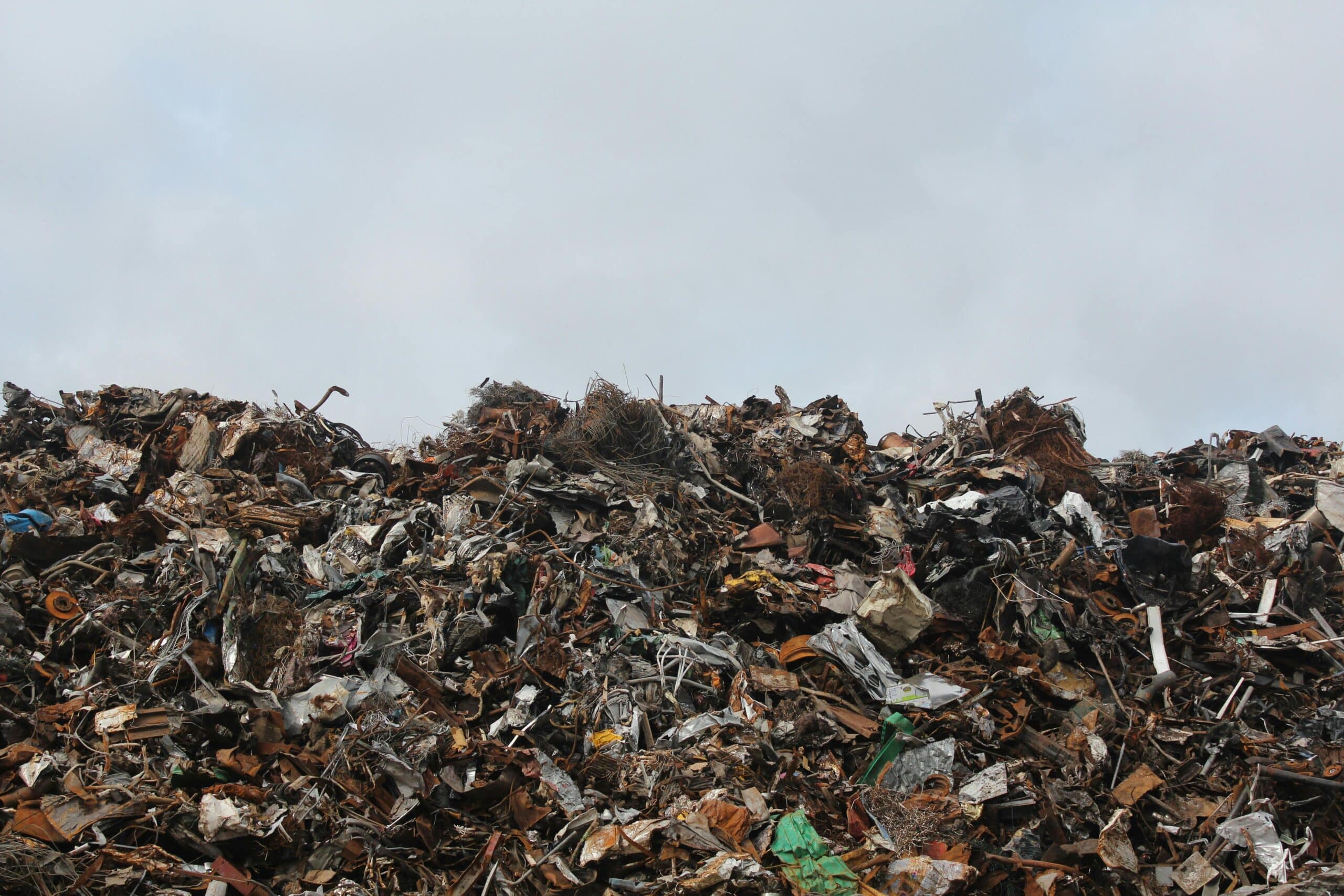Coastal Upwelling Linked to Upsurge in Algal Toxicity

Toxic algal blooms affect more than just the shellfish supply – they can sicken or kill marine life and people. That’s why marine scientists are interested in figuring out what triggers them.
Astrid Schnetzer studies Pseudo-nitzschia, the alga that causes amnesic shellfish poisoning, and is particularly troublesome along portions of the California coast. When Pseudo-nitzschia species go toxic, mammals and birds that ingest contaminated fish or shellfish suffer various symptoms that may include vomiting, confusion or seizures. In sea lions, for example, the toxin leads to lesions in the brain, resulting in brain damage and/or death. So you can see why Schnetzer is interested in figuring out exactly what causes these blooms.
In her latest research, Schnetzer found that coastal upwelling, not river runoff, is the most likely factor in Pseudo-nitzschia australis, one of the most potent Pseudo-nitzschia species, going toxic.
“The Los Angeles area, where toxic events occur annually, is well-known for episodic river runoff that leads to the contamination of coastal waters, due to urban development and high population density,” Schnetzer says. “Such runoff has been linked to harmful algal blooms, because runoff contains nutrients that algae thrive on, such as nitrogen and phosphorus. But we realized that for this particular species, coastal upwelling – not runoff – seems to be the key.”
Upwelling occurs when deeper, cooler ocean water is driven up to the surface. In the spring, wind direction and currents force water away from the California coast. Deeper water gets pushed upward to take its place, and this water tends to be very nutrient rich, which can trigger an algal bloom.
“The combination of nutrients in upwelled water rather than supply from river runoff seems to favor the growth of Pseudo-nitzchia australis and its production of toxin,” Schnetzer says. “We observed this linkage over a three-year period, but we didn’t see the same relationship with river runoff.”
“Pseudo-nitzschia species are also unique in that not every bloom goes toxic,” Schnetzer adds. “So now we need to figure out what trips the switch.”
- Categories:


